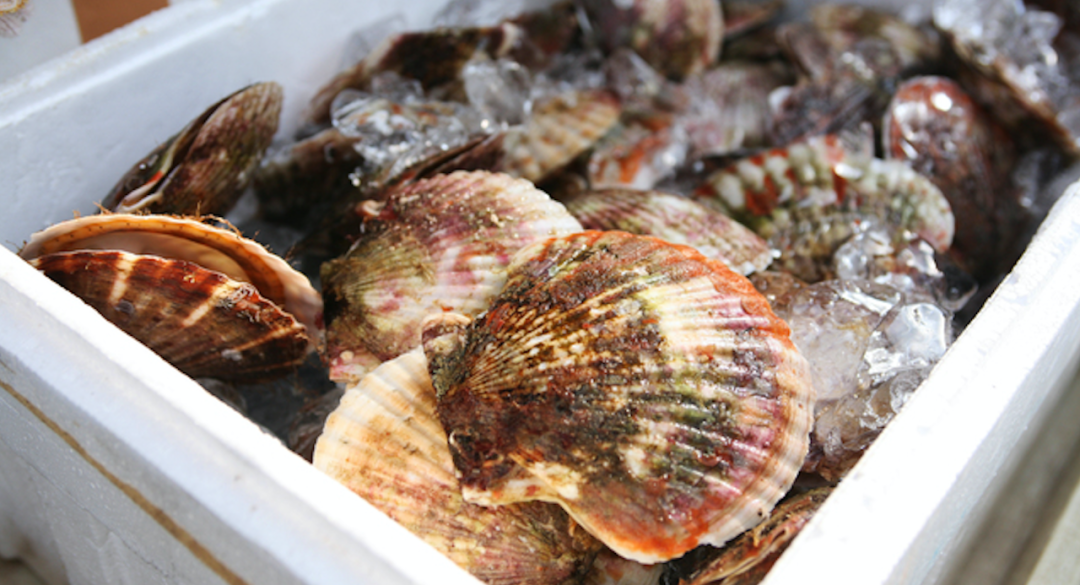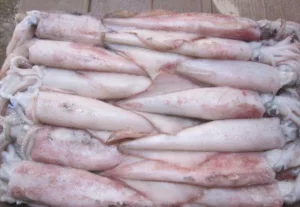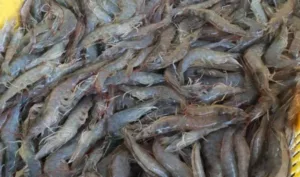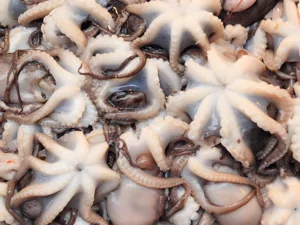In the heart of Japan’s renowned seafood industry, Hokkaido scallops have become a focal point of attention for both local fishermen and international markets. These prized delicacies, known for their sweet, tender meat and rich nutritional profile, have entered their peak production season. However, the industry faces unprecedented challenges, with raw material prices experiencing a dramatic drop of 50% year-on-year. This situation is primarily attributed to China’s import ban, significantly impacting the market dynamics for Hokkaido scallops.
The Price Plunge: A Detailed Look at the Numbers
Data from the Iburi Funka Bay Fisheries Cooperative highlights the stark reality of the situation. The average price of scallops with shells plummeted to JPY 159/kg ($1.08/kg) from October 2023 to February 2024. This marks a substantial decrease from the same period last year when prices stood at JPY 329/kg. The onset of late February ushered in the peak fishing season for Funka Bay scallops, with daily production reaching up to 200 tons across five areas. Despite some fluctuations, raw material prices have ranged from JPY 150/kg ($1.00/kg) to JPY 170/kg ($1.13/kg), occasionally surpassing JPY 200/kg. However, as March arrived, prices stabilized, and supply dwindled, partly due to drought effects.
Production Insights and Industry Adaptations
As of February’s end, Funka Bay reported a cumulative production of 3470 tons, with an expected seasonal output of 6360 tons. The Oshima region, in particular, has seen prolonged scallop growth, leading to a lower yield in February but anticipating peak season yields in March and April, with daily averages around 1000 tons.
A significant shift in Japan’s scallop processing industry has been observed this year, with more plants moving towards producing cooked products. This adaptation raises questions about whether processing advancements can keep pace with daily catches, posing a new challenge for the sector.
Market Dynamics and Future Outlook
Another point of concern is the expected increase in clinker production this season and its implications for market demand. The industry is left wondering if the decreased raw material production capacity if entirely directed towards clinker, will find acceptance in the market.
Japanese media and industry experts predict a subsequent drop in the prices of cooked products. Despite the challenges, some processing companies have reported receiving double the orders compared to last year, forcing them to decline requests from new clients due to capacity constraints.
The Hokkaido scallop industry is at a critical juncture, navigating through a season of both abundance and economic uncertainty. The dramatic reduction in raw material prices, driven by geopolitical factors like China’s import ban, presents both challenges and opportunities. As the industry pivots towards producing more cooked products and exploring new markets, the resilience and adaptability of Japan’s seafood sector are put to the test. Observers and stakeholders alike remain watchful, hopeful for stabilization and recovery in the months ahead.
Dive into the luxurious realm of high-end seafood with Haidong Seafood, China’s premier supplier of scallops. Explore our diverse selection of exquisite offerings, from bay scallops and sea scallops to pen scallops, along with clam meat and succulent frozen octopus. Stay informed with the newest trends in the seafood industry by frequenting the Haidong Seafood website. Ensure you’re always in the loop – follow us and subscribe now for the latest updates and expert insights. Interested in securing the finest scallops at unmatched prices? Click here to get in touch with us.





